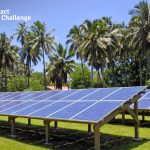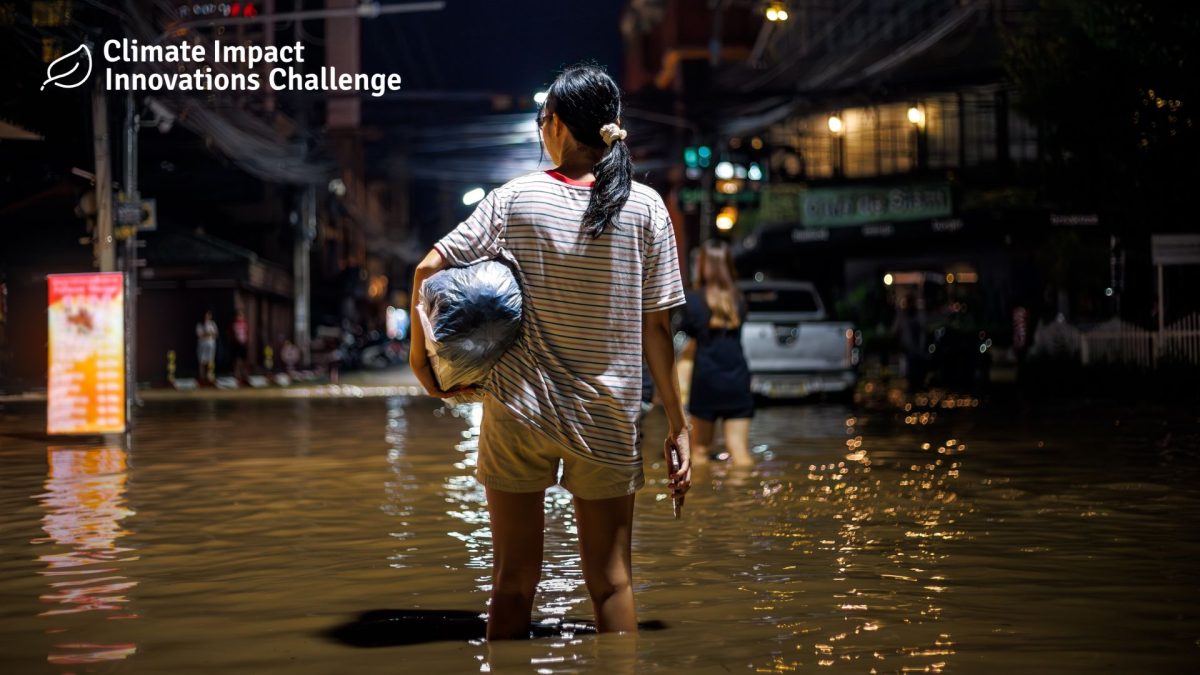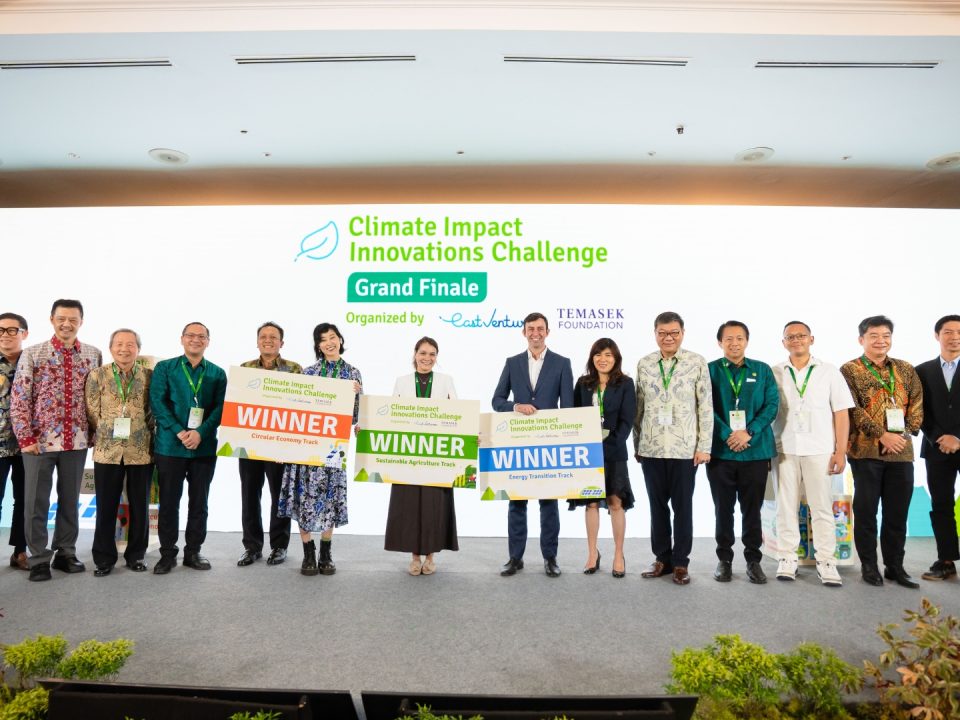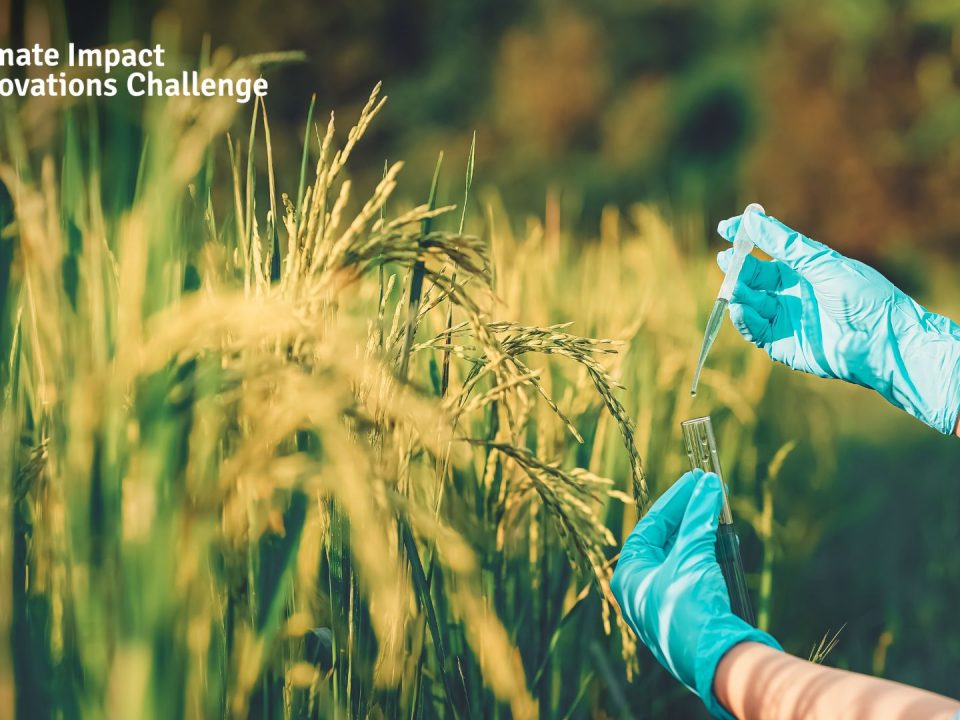
Smart Agriculture as A Pillar of Ecological Transition: The Contribution of Satellite Technology and AI for The Future of Food
June 19, 2025
Indonesia’s Energy Revolution: How AI-Powered Island Microgrids Will Lead the World’s Clean Energy Transformation
June 20, 2025Women-Powered Circular Economy for Flood-Resilient Cities: Turning Waste & Water into Shields Against Climate Disasters
Written by Zahra Annisa Fitri
I have spent the last two years investigating the intersection of flooding and gender for both my bachelor’s and master’s theses. That deep dive revealed a stubborn pattern: women suffer disproportionately when high water hits–greater caregiving burdens, depleted livelihoods, disrupted health services–yet they are rarely given the steering wheel of local recovery. Paradoxically, the same communities already rely on women’s quiet expertise in sorting household waste, managing water use, and mobilising neighbourhood action. Unlocking that potential through a women-powered circular economy (CE) can close the gender gap while fortifying cities against climate-driven floods. And with the Climate Impact Innovations Challenge (CIIC) 2025–Indonesia’s largest climate-tech competition–now scouting solutions for waste and water circularity that strengthen disaster adaptation, the timing could not be better.
Why Circularity, Why Gender, Why Floods?
Circular economy principles–keep materials in use, design out waste, and regenerate natural systems–directly chip away at two flood risks. First, reducing solid-waste leakage unclogs drains and canals, lowering urban inundation. Second, recycling and reusing greywater lessen demand on stressed watersheds, increasing buffering capacity when extreme rainfall arrives. Yet CE initiatives often overlook the gendered division of labour: women dominate informal recycling, food preparation, and water storage but remain under-represented in green-tech ownership and finance. Embedding gender-responsive governance ensures that CE investments do not replicate the very inequities that make disasters deadlier for women. International evidence is clear: when women design, lead, and benefit from CE projects, community resilience indicators (household income, early-warning uptake, evacuation speed) improve across the board.
Lessons from the Field
While theory makes a compelling case for linking circular economy, gender inclusion, and flood resilience, real-world evidence is what ultimately persuades funders, policymakers, and communities to act. The following case studies, spanning two Indonesian cities and a neighbouring Southeast-Asian metropolis, translate that three-way intersection into tangible results. By showing how women-centred circular practices have already slashed waste volumes, eased flood depths, and boosted local incomes, they turn an abstract framework into proof of concept and illuminate where future innovations should concentrate.
 These stories dismantle two myths. First, that circular solutions are too costly for flood-prone cities. Second, that women are merely passive “vulnerable groups”. When circular programmes elevate women from volunteer sorters to recognised innovators, infrastructure and social safety nets strengthen in tandem.
These stories dismantle two myths. First, that circular solutions are too costly for flood-prone cities. Second, that women are merely passive “vulnerable groups”. When circular programmes elevate women from volunteer sorters to recognised innovators, infrastructure and social safety nets strengthen in tandem.
Where Future Innovation Should Head
I have not designed the next great gadget, yet my research points to promising directions for innovators who answer CIIC’s call. Think of them as thematic corridors rather than engineering blueprints:
-
Inclusive Material Loops, Not One-Size Tech. Most CE pilots prioritise high-value plastics or e-waste because markets are clear. Flood resilience, however, hinges on low-value items: food scraps that block drains, sachet wrappers that float into culverts. Programmes that pay women’s groups to collect and transform these “bottom-of-the-pyramid” materials into compost, briquettes, or filler for paving blocks can clear waterways while diversifying incomes;
-
Water Circularity that Shrinks Women’s Unpaid Labour. Grey-water reuse and rainwater harvesting reduce household demand on overstressed aquifers, but their design must fit who actually fetches, filters, and stores water: women. Innovations that bundle low-maintenance filters with service contracts run by local women’s cooperatives keep systems operational long after grant money fades;
-
Digital Participation, Not Digital Divide. Mobile apps that crowd-source blocked-drain photos or track household waste streams are valuable only if women, especially those in informal settlements, can access them cheaply. SMS gateways, offline mapping kiosks, or community radio tie-ins bridge that gap, ensuring that women’s observations feed citywide flood-response dashboards;
-
Social Finance that Recognises Care Work as Climate Work. Micro-credit for recycling start-ups is helpful, but many flood-exposed women lack collateral. New finance models, such as plastic-credit certificates, pay-as-you-throw rebates, or grey-water offset tokens, can convert environmental stewardship into fungible assets, rewarding labour that markets have long treated as free; and
-
Policy Guardrails Against “Green Gentrification”. Circular hubs and waterfront revitalization can inadvertently price women vendors out of upgraded areas. City planners need gendered impact assessments and land-tenure guarantees baked into CE zoning frameworks so that neighbourhoods gain climate resilience without losing the residents who built it.
Aligning with the CIIC 2025 Momentum
CIIC judges will look for credible pathways from pilot to scale. The directions above already resonate with Presidential Regulation of the Republic of Indonesia Number 97 Year 20217 on waste reduction and the 2022 regulation mainstreaming gender in disaster management. By expressly stating how an innovation advances those mandates, while channeling benefits to women’s cooperatives, not just tech start-ups, applicants tick both the “circularity” and “social inclusion” boxes that past CIIC cohorts have mastered.
Moreover, CIIC’s Rp 10 billion prize pool can be leveraged as blended capital: part grants that de-risk early trials in dense flood basins, part equity that attracts impact investors seeking measurable gender and climate indicators.
Monitoring Progress Without Drowning in Metrics
Robust monitoring keeps circular-gender-resilience efforts honest. Yet flood-prone communities often face survey fatigue. Focus on three integrated data streams that can be gathered with minimal disruption:
- Hydro-physical: drain-clog frequency, flood-depth sensors, and time-to-recede measurements;
- Circular-material: kilogrammes diverted by women-led groups, grey-water volumes reused, and sales revenue of up-cycled goods;
- Gender-social: change in women’s decision-making roles in disaster committees, reduction in unpaid care hours, and household income variability across seasons.
Open dashboards that visualise these indicators for residents, including using simple icons, colour bands, and local languages, close the feedback loop between knowledge production and on-the-ground action.
Conclusion: From Hidden Labour to Public Leadership
Plastic wrappers that choke a gutter in the rainy season are not merely waste problems. They are symbols of invisible care work and broken value chains. A women-powered circular economy reframes that waste as a resource and that unpaid labour as professional expertise. The payoff reaches far beyond tidier streets: fewer children wading through sewage, quicker business recovery after floods, and neighbourhood pride rooted in shared stewardship.
Indonesia’s own experience, such as Surabaya’s waste-bank mothers and Semarang’s pond-tending cooperatives, proves the concept. Scaling it requires innovators who recognise that solving for waste and water without solving for gender leaves critical social infrastructure untapped. Whether or not we personally build the next sensor, filter, or blockchain token, our scholarship can guide innovators toward solutions that weave equality into every circular loop they design.
As CIIC 2025 gathers the region’s brightest climate minds, the question is no longer whether women belong in the circular economy conversation; it is whether climate-tech can succeed without them. The safest bet–environmentally, socially, and financially–is to let women’s leadership flow as freely as the rivers we are trying to save.
Zahra Annisa Fitri is the 2nd winner of the Climate Impact Innovations Challenge 2025 Article Competition.





